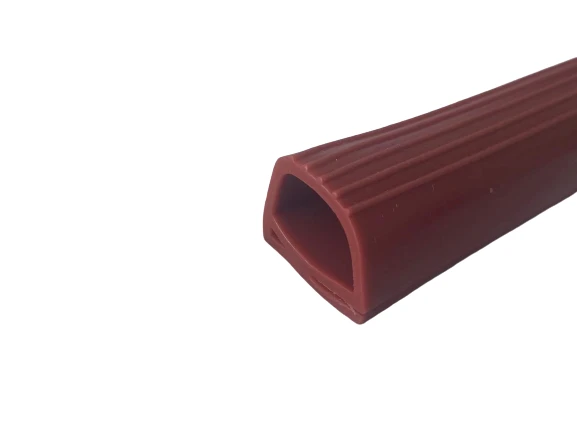Nov . 06, 2024 19:19 Back to list
Ship Collision Prevention Sealing Strip for Enhanced Maritime Safety and Efficiency
Understanding Ship Anti-Collision Sealing Strips The Essential Maritime Safety Component
In the world of maritime operations, safety is of paramount importance. Ships are complex structures that traverse vast and often unpredictable waters, and their integrity is critical. Among the various components that help ensure a ship's safety at sea, anti-collision sealing strips play a pivotal role. These strips are not just simple attachments; they serve multiple functions that enhance the overall structural integrity and safety of marine vessels.
What are Anti-Collision Sealing Strips?
Anti-collision sealing strips are specialized rubber or polymer-based materials designed to absorb impact and prevent water ingress during collisions. They are strategically installed along the edges of a ship's hull, doors, and other vulnerable areas where impact is likely to occur. These strips are engineered to withstand harsh marine environments, including saltwater, extreme temperatures, and intense pressure. Their primary objective is to mitigate damage during potential collisions and to maintain the watertight integrity of the vessel.
The Importance of Anti-Collision Features
The maritime industry is fraught with risks, including collisions with other vessels, underwater obstacles, and even natural phenomena like icebergs. Such incidents can result in severe damage to a ship’s hull, leading to costly repairs, environmental pollution, and, most importantly, risks to human life. By incorporating anti-collision sealing strips, shipbuilders can significantly reduce the likelihood of severe damage. These strips act as a shock-absorbing barrier, dissipating the energy from impacts and preventing the hull from deforming or cracking.
Enhancing Watertight Integrity
One of the most critical functions of anti-collision sealing strips is to maintain the watertight integrity of the ship. In the event of a collision, even a small breach in the hull can lead to catastrophic flooding. The sealing strips work by providing an additional line of defense against water ingress. They help ensure that even if there is slight damage to the hull, water will not breach the interior compartments of the ship, thus keeping it buoyant and operational.
ship anti-collision sealing strip product

Material and Design Considerations
The effectiveness of anti-collision sealing strips depends significantly on the materials used in their construction. High-quality rubber compounds or synthetic polymers are typically employed for their durability, elasticity, and resistance to corrosion. The design of these strips must also take into account the unique contours and structures of different vessels. Custom-made solutions are often necessary to ensure that the sealing strips fit perfectly and provide optimal protection.
Compliance with Regulations
The maritime industry is governed by a plethora of regulations aimed at ensuring safety at sea. Compliance with standards set forth by organizations such as the International Maritime Organization (IMO) is essential for shipbuilders and operators. The incorporation of anti-collision sealing strips is often a requirement in various maritime codes, contributing to overall vessel compliance. Regular inspection and maintenance of these components are also crucial to ensure continued effectiveness.
Future Trends in Anti-Collision Technology
As technology advances, so too does the design and functionality of anti-collision sealing strips. Innovations in materials science may lead to the development of even more resilient, lightweight, and cost-effective sealing solutions. Moreover, the integration of smart technology, such as sensors that monitor impact levels and alert crews to potential maintenance issues, could revolutionize the way these components are utilized on ships.
Conclusion
In conclusion, anti-collision sealing strips are an essential component of modern maritime safety. They provide vital protection against the multifaceted risks faced by ships at sea, ensuring both structural integrity and watertightness during unforeseen circumstances. As the maritime industry continues to evolve, the importance of these protective features will undoubtedly grow, making them indispensable for the safe operation of marine vessels. Shipbuilders, operators, and regulatory bodies must continue to prioritize and innovate in this area to safeguard lives and protect the maritime environment. The future of maritime safety may very well depend on the ongoing advancements in anti-collision technology and the efficacy of sealing solutions.




